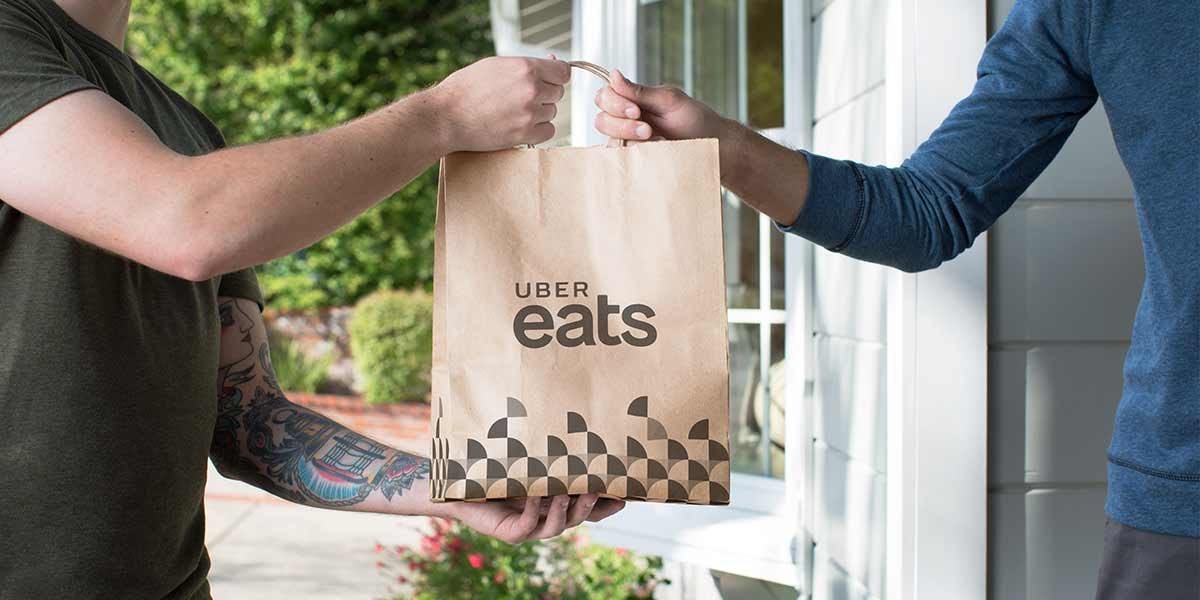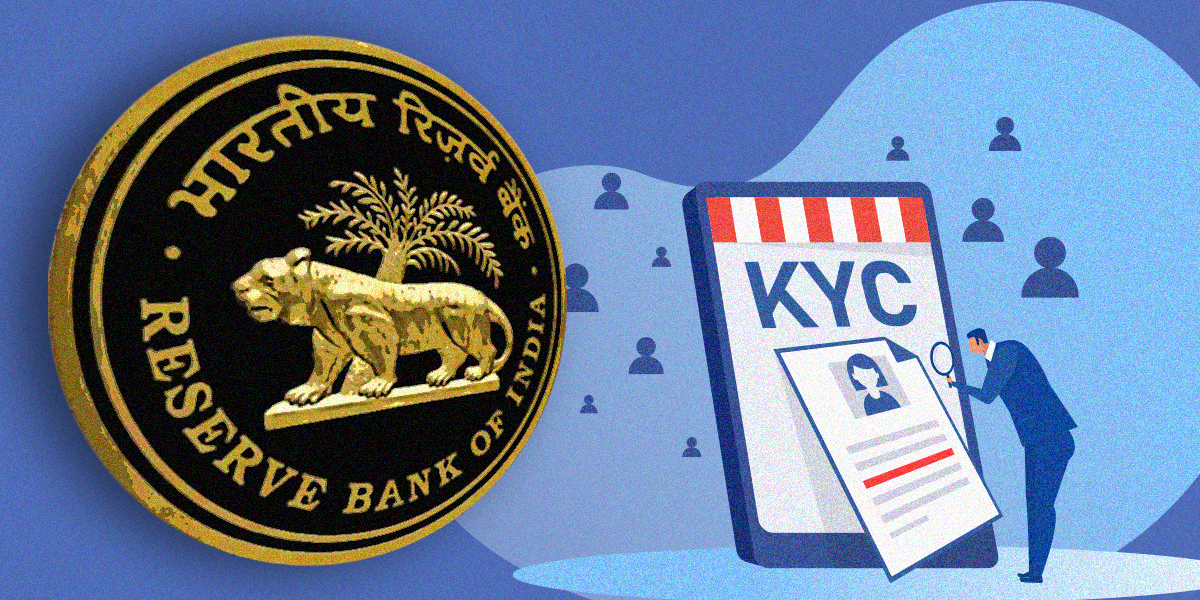With a massive funding flow this year, the business of delivering food has become hyper-competitive in India. After raising over $500 million this year alone, Swiggy and Zomato have been aggressive when it comes to acquiring customers, onboarding restaurant partners, and enticing delivery boys.
While Swiggy has a pole position in online ordering, Zomato is trying to catch on the scale of the Tencent-backed rival. Besides them, UberEats emerges out as the third player. Presently, Swiggy does about 16-18 million orders a month while Zomato claims to deliver 13-14 million orders.
Relatively, a year old UberEats makes up about 2 million delivery every month. Although, the volume looks dwarf when compared to the top two players. UberEats has been prioritising tier II cities to create space for itself in the food delivery market which will be worth $29 billion by 2021.
UberEats is betting big on tier II cities. The company has set up operations in cities such as Ludhiana, Nashik, Vadodara, Mysore and Thrissur in past two months. “UberEats has chalked out a differentiated expansion path. Swiggy and Zomato are bleeding profusely to capture marketshare in top 10 cities. UberEats has decided to wield early clout in smaller cities,” says two sources aware of the plan.
Swiggy and Zomato also have a presence in tier II cities such as Ludhiana, Lucknow, and Vizag, amongst others, however, their focus remains on grabbing more market share in top cities, points out one of the above sources.
Sources requested anonymity as it can harm their relationship with these companies.
Since the beginning of this year, UberEats has been focusing on setting up operations in non-metro cities. Earlier this year, it had launched in cities including Coimbatore, Kochi, Jaipur, and Vizag. Currently, the company has a presence in 19 cities.
Why has UberEats set focus on smaller cities?
Over the past few years, home delivery (largely through phone) in smaller cities has seen a decent spike. And, this trend has triggered UberEats to explore potential in non-metro turfs.
“UberEats did an extensive ground study before setting up operations in each of the above cities. The study focused on deep engagement with restaurants and food joints for gaining insight about their home delivery volume,” explains one of the aforementioned sources.
Of late, competition between Swiggy and Zomato heightened in bigger cities. Consequently, both had slashed commission for restaurant partners, offering huge discounts to consumers and increased the salary of delivery boys by almost 2X in top four metros.
Joining the ongoing frenzy, Ola-owned foodpanda recently stirred the battle with aggressive marketing campaigns in Bengaluru and Delhi (NCR). It’s hiring thousands of delivery boys in Bengaluru and Delhi (NCR) to up its ante in its second coming in online ordering space.
“Sensing a three dimensional battle for commanding more marketshare in bigger cities, for now, UberEats sees immense growth coming from tier II cities over the next couple of years,” adds the second source.
Analysts and experts who are tracking online ordering space also see potential in UberEats’ strategy that lays emphasis on smaller cities than metros. “In the long run, tier II and III cities will grow significantly in terms of users and orders. Uber wants to be the early entrants there, and tap into the growth potential,” outlines Satish Meena, Senior Forecast Analyst at Forrester India.
Low volume is a challenge: Will UberEats fathom it?
Setting up operations in smaller cities is not tough, however, surviving in a long haul looks like a challenge. For an instance, Zomato had to shut down online ordering in four cities including Lucknow, Coimbatore, and Indore owing to poor demand in 2016.
A RedSeer report reveals that Bengaluru, Delhi, Mumbai, Pune, Kolkata and Hyderabad and Chennai are the top cities for online ordering. These 7 cities together contribute about 87 per cent of the overall online ordering market.
This essentially means that non-metros don’t offer quick scale. Nevertheless, UberEats appears to be bullish on tier II cities as it contemplates to launch in four more cities including Bhopal, Surat, and Amritsar over the next couple of months.
Going forward, it would be interesting to see how UberEats smaller cities fare up against rivals (Swiggy and Zomato) who will eventually also enter these cities sooner than the later.














